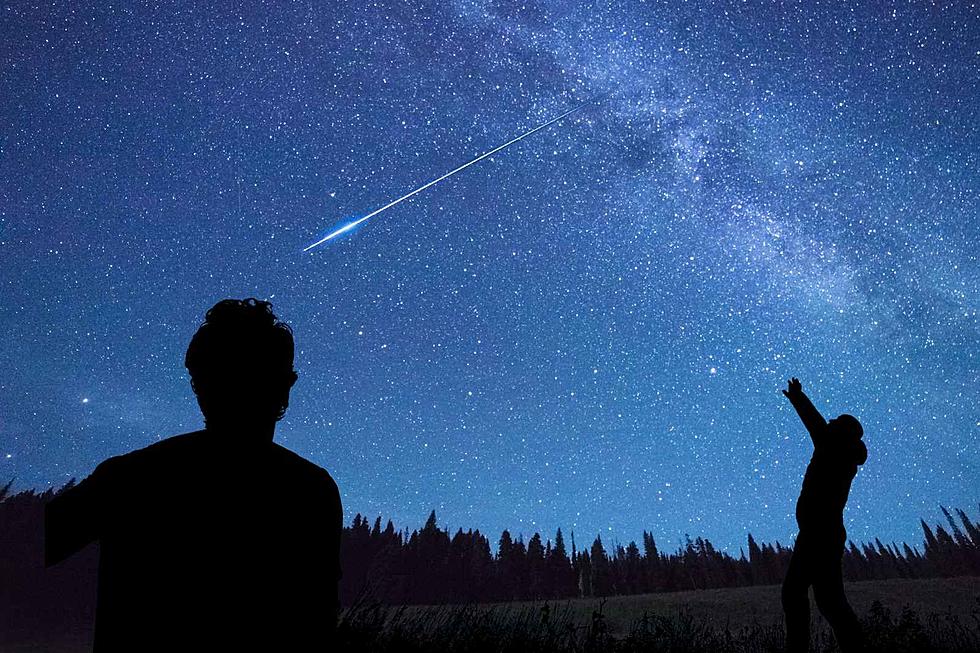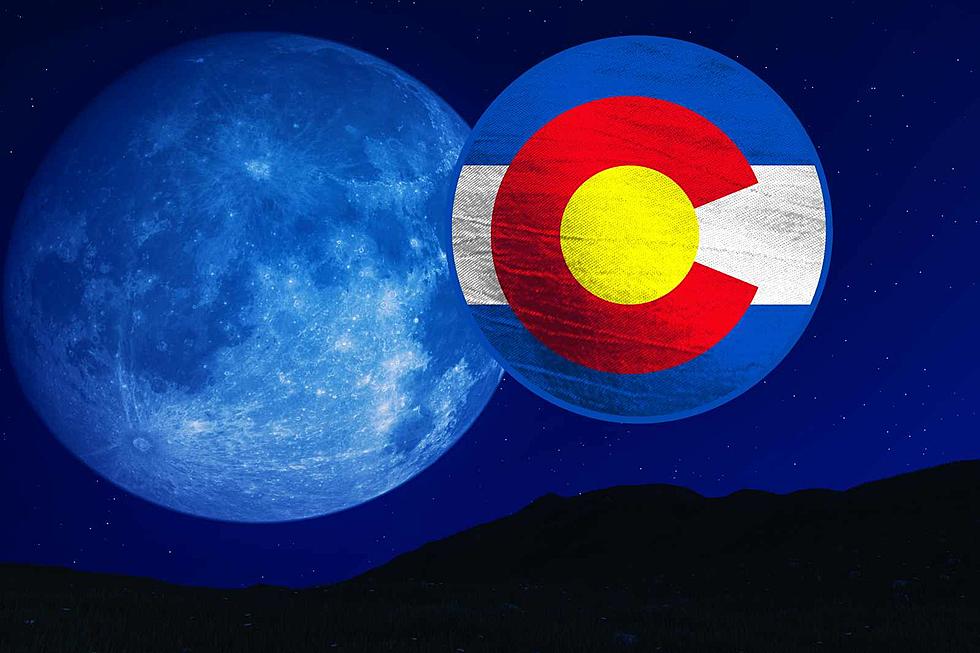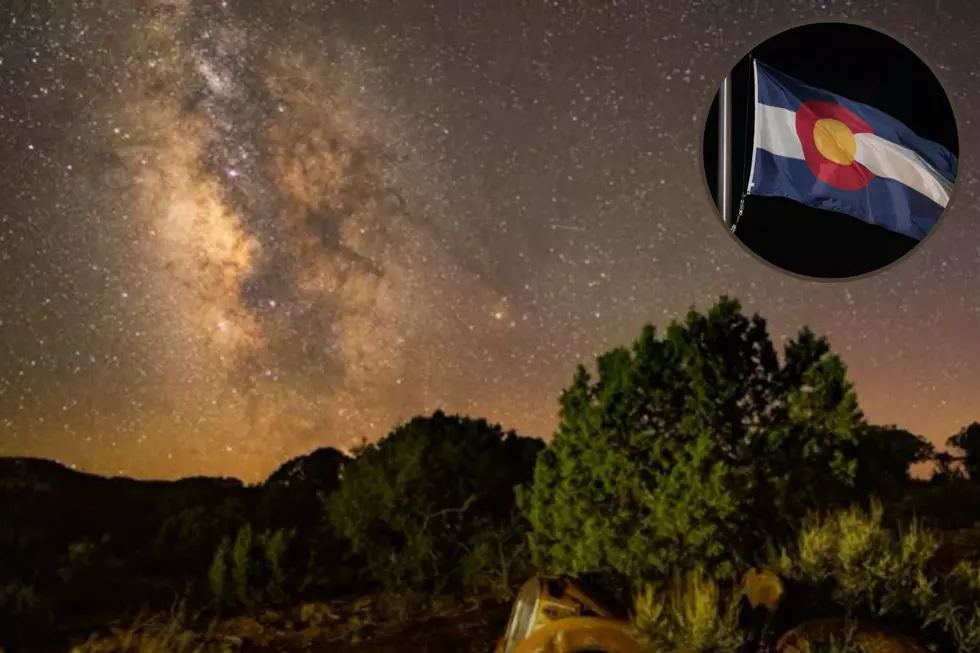
Rare Solar Eclipse Next Month: How Much Will We See In Colorado?
Mark your calendar for Monday, April 8, as a solar eclipse will be occurring across the United States. It will be a total solar eclipse, in fact, as the path swings from south of the US into Mexico, up to the northeast through the country before crossing the Canadian border over Lake Erie and into Toronto.
So how much of this one will we see in Colorado, and when?
The sun will be about 65% blocked here in Colorado, visible on April 8 from approximately 12:03 to 1:18 PM, according to NASA. The max of 65.3% will be achieved right around 12:40 PM.
It's worth reminding you that you should never, ever stare at an eclipse - or the sun on a normal day, for that matter - without protective eyewear. That doesn't mean sunglasses, by the way. There are special "solar eclipse" glasses that allow you to see the moon between earth and the sun, without damaging your eyes. Looking at the sun without them for even just a few seconds can burn the back of your eyeballs and cause permanent damage to your vision.
While we'll only get 65% coverage here in Colorado, cities in Texas, Oklahoma, Arkansas, Missouri, Illinois, Indiana and Ohio will get the best show, achieving a "total" solar eclipse for a few moments at some point during the event.
While some form of a total solar eclipse occurs relatively often around the world, they are extremely rare events in any particular single location. The last total eclipse seen in the State of Colorado was all the way back in 1918, and the next total eclipse here won't be until 2045.
The last one even close to us was in Wyoming back in 2017.
2017 Total Eclipse in Wyoming
Lunar Rainbow: Why the Moon Changes Colors, Explained
Gallery Credit: Phylicia Peterson, Townsquare Media Laramie/Cheyenne
More From Retro 102.5









